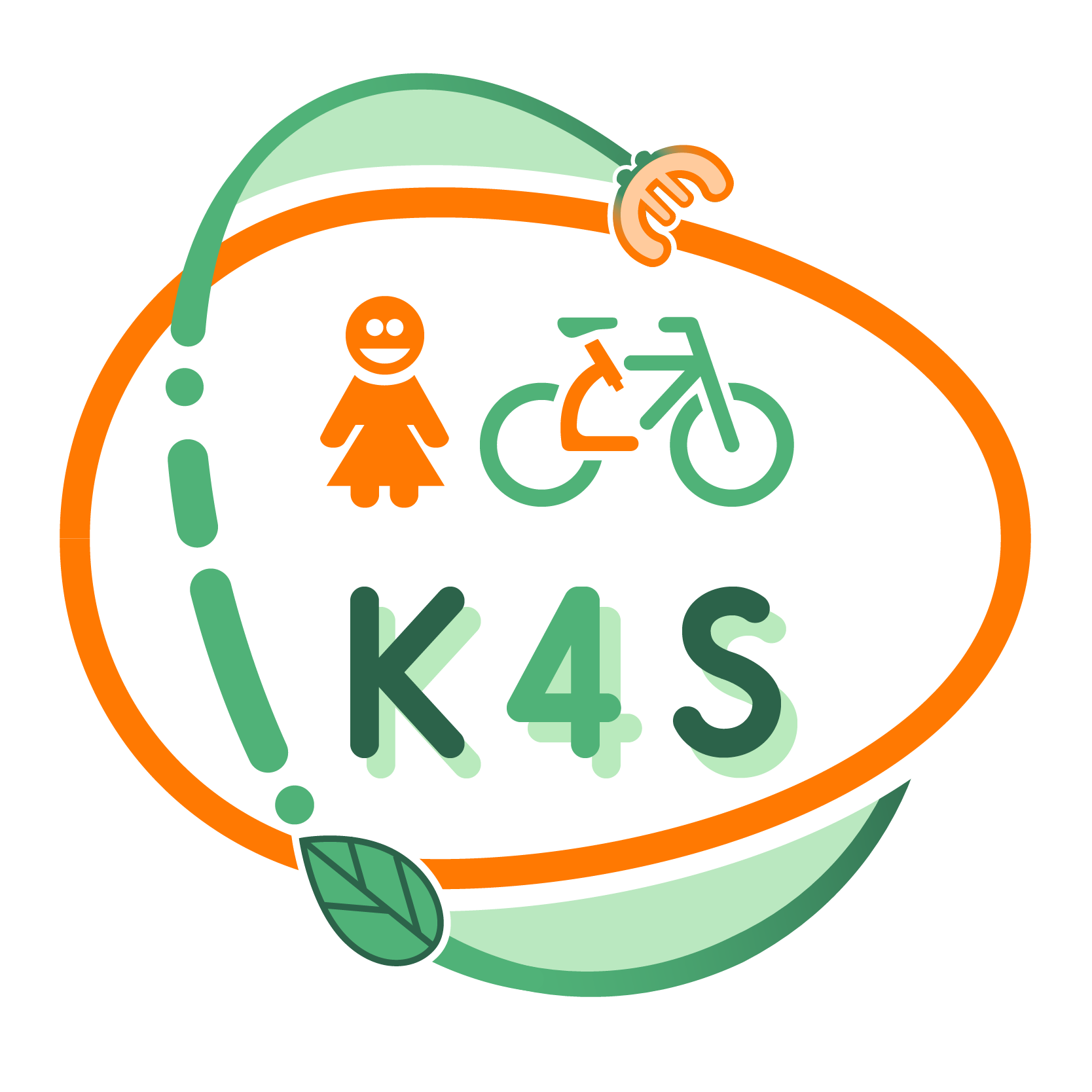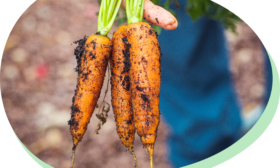LEARNING PATHWAY CREATED BY THE LEARNING COMMUNITY
The sustainable vegetable garden
Authors: C. Albrici, G. Boni, N. Pellegrino
Overall aims:
- Increasing knowledge and respect for the natural world;
- Understand the need for collaboration and communication;
- Experiencing autonomy in management;
- Assuming responsibility and daily attention;
- Developing fine motor skills.
Intended learning outcomes
- Understand the importance of proper nutrition;
- Recognise different types of vegetables;
- Recognise the classification of foods;
- Know how to plant, water, cultivate;
- Know how to represent food in the food pyramid;
- Recognise the seasonality of vegetables;
Pathway structure
The learning pathway is composed by 3 activities in total. There is a 10-day active period and an observational period during the school year.
Activity 1: The food pyramid – 2 days
- Day 1 (2h): A youtube video is shown in which different foods in the food pyramid are presented, followed by an explanation. Discussion on one’s eating habits.
- Day 2 (2h): Representation of one’s own food pyramid.
Activity 2: Creating the vegetable garden – 1 week
Each child brings a jar (yogurt) from home. The teacher brings soil, seeds, cotton wool and spoons for planting. Setting up the vegetable garden in a sunny spot in the garden. Each day the children will water the garden for 5 minutes. Each child will be assigned 3 different seeds.
Activity 3: Observe the transformation of the vegetable garden – during the different seasons
Evaluation
Final evaluation through oral questions related to what was observed in the creation of the garden.
- Which vegetables did we plant?
- Can you tell me a type of carbohydrate?
- Can you tell me a type of protein?
- Can you tell me in what season a vegetable of your choice grows?





